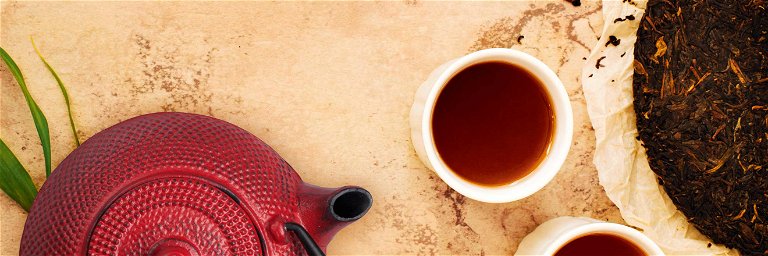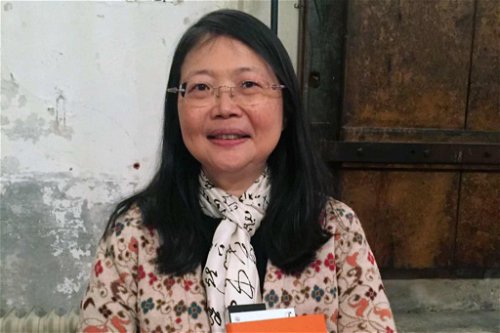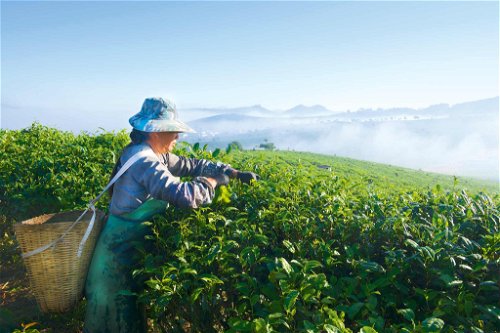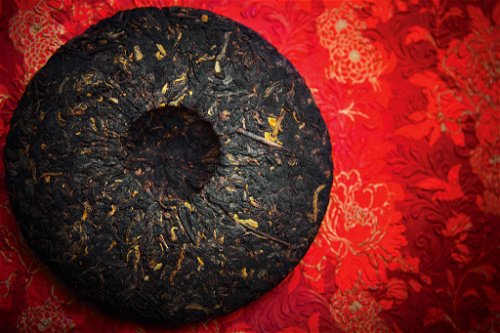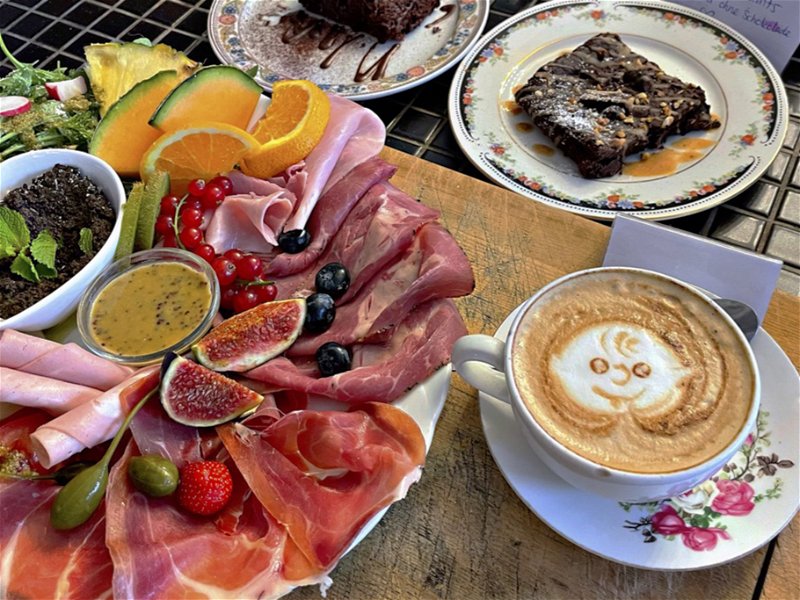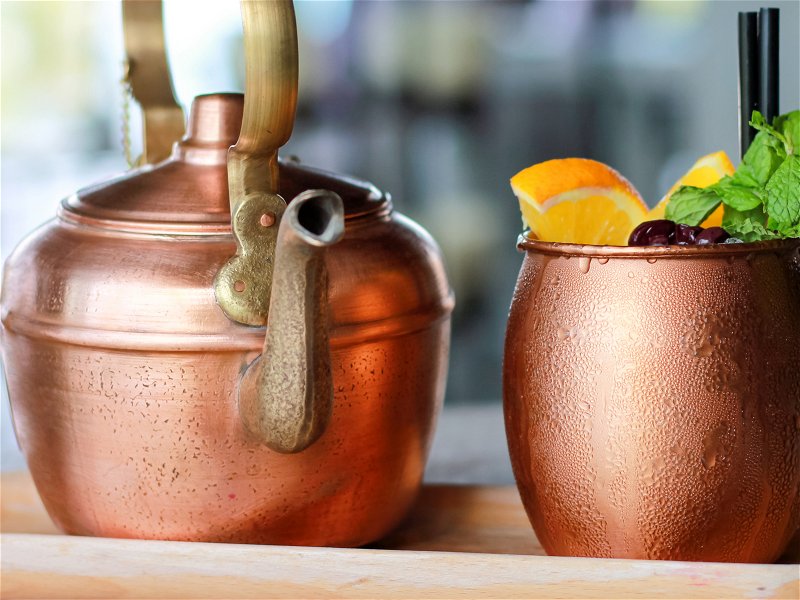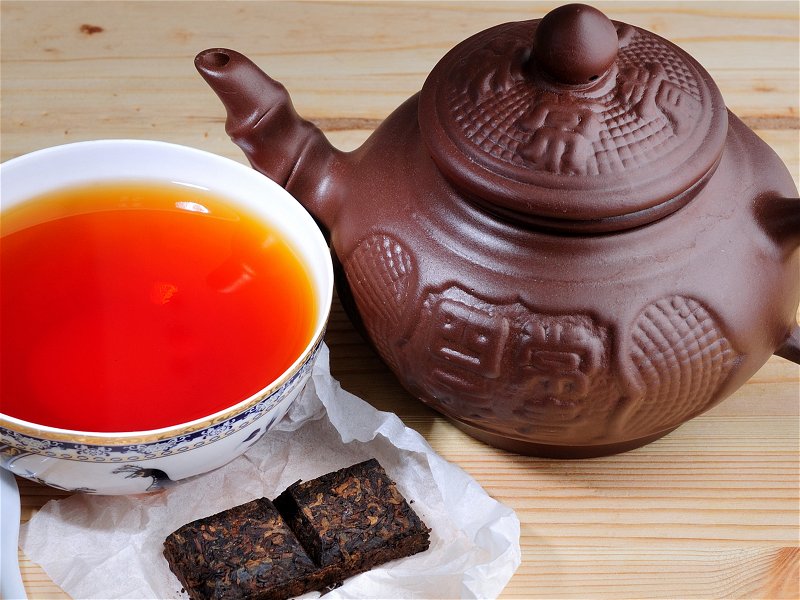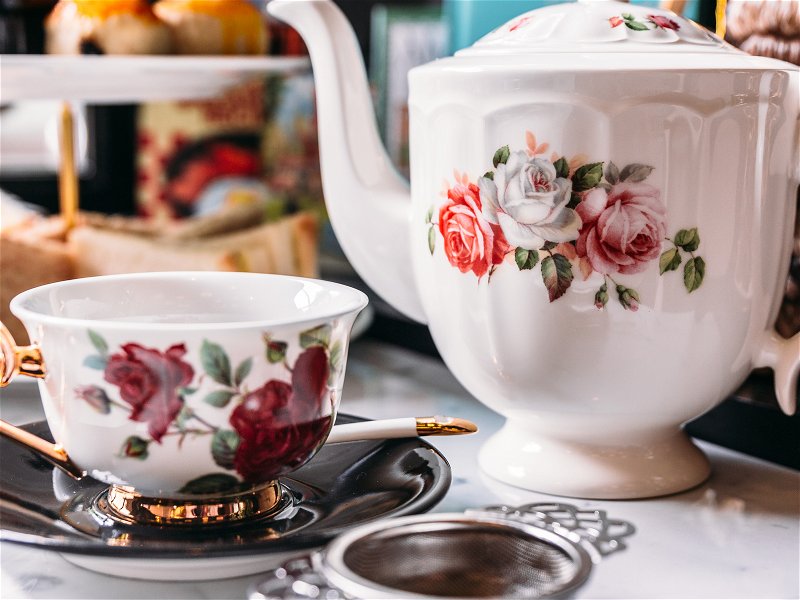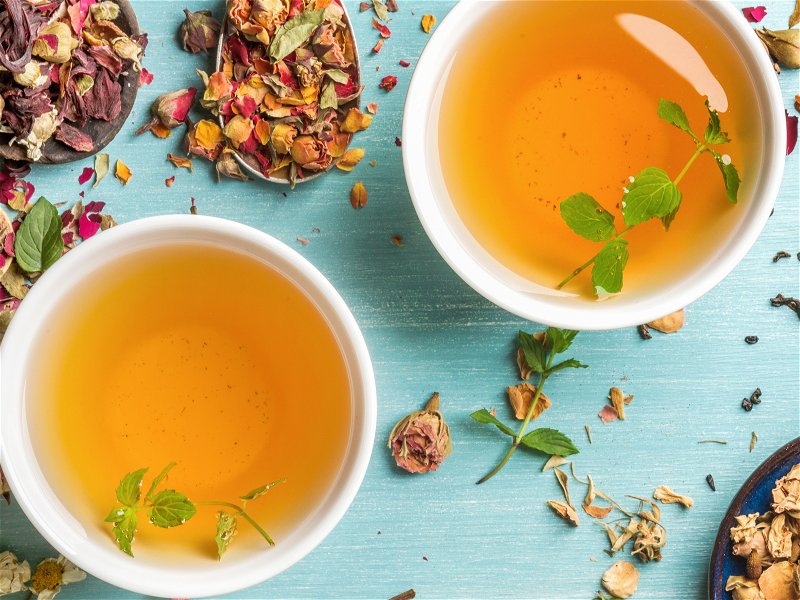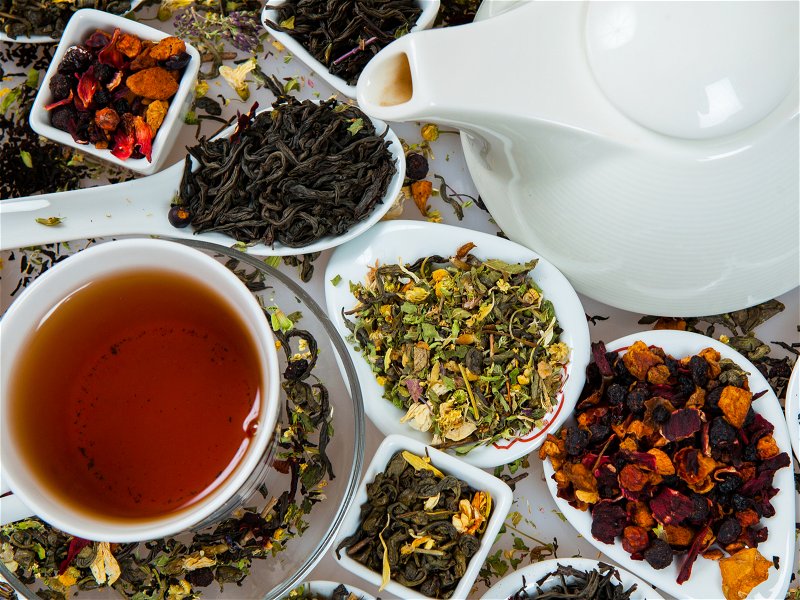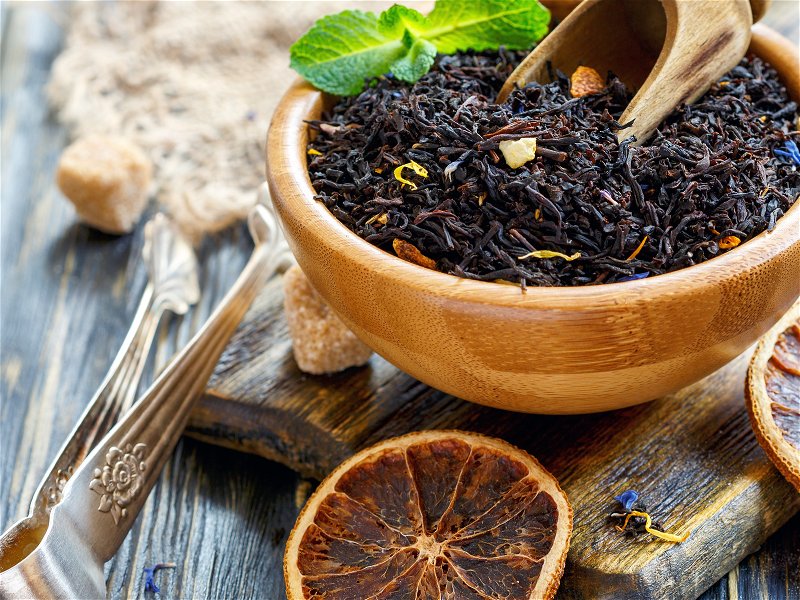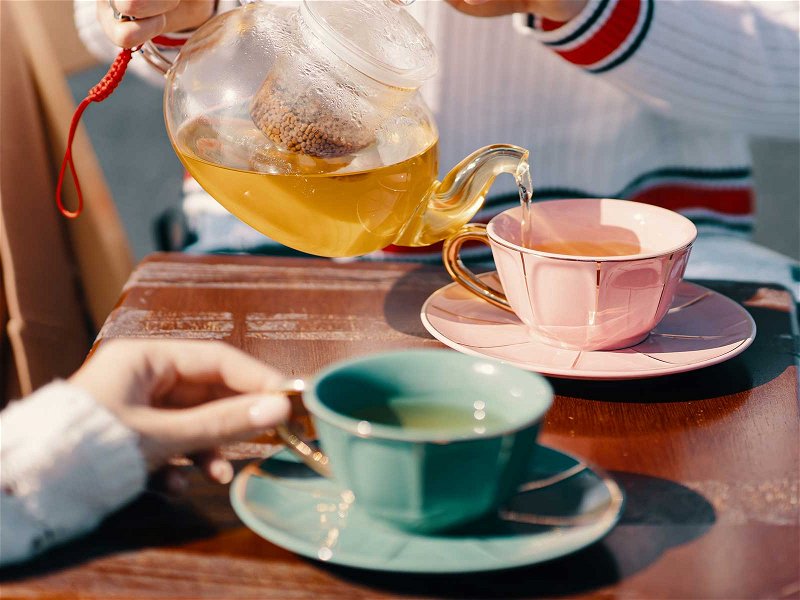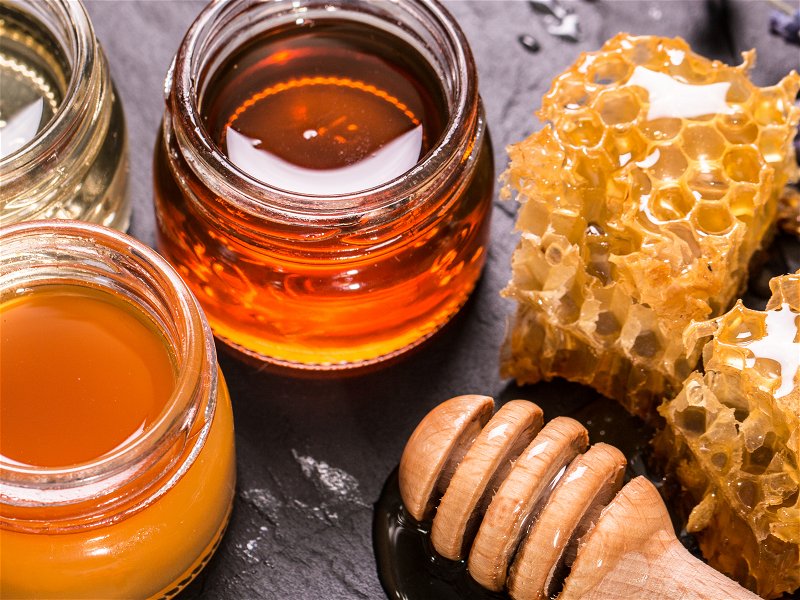Pu-Erh: The Pinot Noir among teas
Earthy, gentle notes are what make a genuine Pu-Erh tea so enjoyable. The fact that it is sometimes traded for several hundred euros also has a lot to do with its fascinating history and the way it is grown.
Pu-erh is pure luxury for tea lovers. Its rich flavour is unique, and its production requires artisanal precision - not for nothing do gourmets willingly invest a few hundred euros for some tea vintages. The fascination with this Chinese tea dates back to the first millennium. But what is it that makes it so special?
The origin
Pu-Erh gets its name from the town of the same name in the Chinese province of Yunnan. Tea has been grown and produced here for two millennia. Although Pu-Erh style teas are also produced in neighbouring provinces and the border areas of northern Vietnam, only those produced in a specific area of Yunnan are considered genuine Pu-Erh. The tea plantations are located at altitudes of more than 1500 metres and thrive particularly well in Yunnan's warm, humid climate.
One of Yunnan's largest tea plantations is in the ancient forests of the Jing Mai Mangjing area. Some tea trees here are over a thousand years old. And the older the tree, the more valuable its leaves and the pu-erh tea made from them. “Before I entered the forest of the Gushu trees in Yunnan for the first time, I thought stories about tea coming from thousand-year-old trees were an advertising gimmick,” writes tea expert Meng-Lin Chou in her new book Tea from the Forests. She runs the tea shop, Shui Tang, in Zurich and is now passionately addicted to Pu-Erh. On her travels, she says, she convinced herself that the traditional Pu-Erh cultivation stories are not a myth.
In what is probably the world's first tea reference book, published in 780 AD, Pu-Erh is described as a tea that stands above all other varieties. At that time, the Yunnanese, as the citizens of Yunnan province are called, began to dry their tea in brick or cake form to make it easier to transport – a horse caravan at that time sometimes took a year to reach Tibet. These long journeys also revealed a unique characteristic of tea: the tough leaves of the pu-erh tree gained in quality over time, developing a complex flavour. Eventually, the Chinese began to deliberately age their teas to increase their value. And Yunnan became one of the most prosperous regions in the entire empire because of the trade in pu-erh tea.
The future of Pu-Erh
Technological advances in production and rising incomes in China have driven up the prices of high-value teas like Pu-Erh. At the same time, the quality of the tea is increasingly threatened by climate change and industrial production methods that emphasise quantity over quality. This makes it all the more important to pay attention to specific quality criteria when buying. “The choice of the garden from which the tea comes is crucial,” says Sonja Klement from the traditional Viennese company Demmers Teehaus. “The pu-erh leaves of an older tea tree are better suited than those from a plantation.” Because they would produce a more flavourful cup; in addition, the production is more sustainable: “In the traditional cultivation method, the tea bushes are deliberately shaded by larger trees, and the ground is covered by smaller plants. This method of cultivation has proven to be particularly gentle on the plants. It is, therefore, still practised today without pesticides.” Her colleague Meng-Lin Chou adds: “For sustainability reasons, the tea should come from the spring harvest, which is, of course, somewhat more expensive and valuable.” She adds that the tea is cheaper from the autumn or summer harvest, but that encourages its over-picking.
Pu-erh comes in two varieties: raw, known as sheng, and cooked, known as shou. All teas begin when the green tea leaves are spread out to wilt, rolled and dried in the sun. The shou process was invented in the 1950s to mimic the long ripening process in a faster fermentation process. The tea ferments in a warm, humid environment for up to a year. The flavours thus become deeper, increasingly complex. But whether raw or cooked, pu-erh has a distinctly tart and tannic character. And just as a wine's flavour evolves, pu-erh flavours change as the pressed tea and the beneficial fungi it harbours continue to interact. Researchers have identified 390 fungi and 600 bacterial organisms in pu-erh.
Traditionally, the maturing process took place in mountain caves, but today it usually happens in warehouses where temperature and humidity can be precisely controlled. It can take up to 30 years for a pu-erh tea to be considered fully mature - although some experts believe it should mature no longer than 15 years. Then it tastes pungent, earthy and smooth at the same time, its smell reminiscent of garden soil or an autumnal pile of leaves, often with roasted or sweet undertones.
Complex taste
Despite its exciting, complex taste, luxury tea still ekes out a niche existence in this country. Expert Sonja Klement sees two reasons for this: “On the one hand, because traditional Pu-Erh is very high-priced and there is a lack of understanding why it is so expensive. With red wine, it is immediately clear to us that the price rises because of the manual harvest but also because of the long storage and ripening times. However, we also grow up with wine; we come into contact with it in different places, and we know how it is made.” This understanding is lacking for pu-erh tea, he said. “Unfortunately, tea still doesn't have the status it deserves,” says Klement. “Yet it is a luxury food that pampers the palate and is also much more versatile than wine.”
In addition, pu-erh is not a newcomer to the West. Chinese immigrants probably brought it to America in the late 19th century. In recent years, demand for pu-erh tea seems to be on the rise again in the US. Alice Cravens, tea buyer for upscale restaurants like Chez Panisse in Berkeley, California, says pu-erh doesn't just go well with Chinese food. She recommends it to places that serve wood-fired dishes and grilled meats: “Red wine drinkers like the robust flavours and wine-like tannins of these rich and intense teas.” Pu-erh teas also have aromas in wines like Pinot Noir: earth, forest floor, and mushrooms. But pu-erh is also popular with bartenders, like at Brooklyn's Marlow & Sons. The hot, iced tea here consists of pu-erh, orange bitters, whiskey and a Himalayan long pepper infusion.
But the new popularity also has a downside: with the demand for pu-erh, prices have also risen. Vintage teas from the 1960s, known as Masterpiece Pu-Erh, can fetch prices of up to 5000 euros per cake. Also, pu-erh is not always purchased as a means of enjoyment. Many also value the tea cakes as an investment – they buy to sell on later for a profit.
No matter how much prices rise, Chinese consumers seem thirstier than ever for pu-erh. And more and more connoisseurs in the West are also immersing themselves in the pleasure of tea, attracted by the mystique, the ritual, the prestige – but above all, the taste: that nuanced, earthy complexity that sets Pu-Erh apart from any other tea.
